Talking about the Future of Mobility
Panelists from Ford, Bosch and the U.S. Army share their views on micromobility, autonomy, electrification and education
Michigan State University hosted an online Mobility Forum today that looked at how industry, government and academia are working on autonomy, smart cities and first mile/last mile systems.
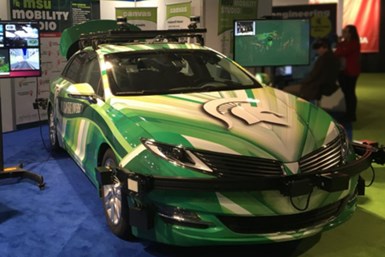
The event featured a panel discussion with:
- Jon Coleman, director of city solutions, Ford
- Paul Thomas, executive vice president, Bosch North America
- David Gorsich, chief scientist for the U.S. Army Ground Vehicle Systems Center in Warren, Mich.
Here are a few highlights:
Electrification
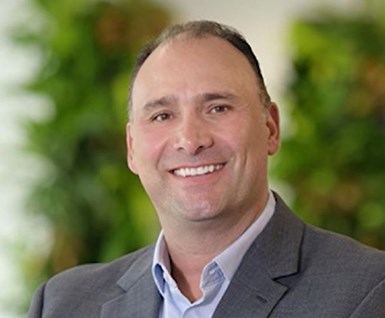
Paul Thomas
Thomas: “The main things we are doing is lightweighting and finding the most efficient use of power—making batteries become more efficient so you don’t have to have a large battery pack to eliminate range anxiety.
“And then connecting a vehicle to the cloud so that owners, manufacturers and service depots can really understand how that product is operating in the field.”
Micro Deliveries
Coleman: “We have probably seen more innovation in delivery in the last nine months than we’ve seen in the last nine years. I don’t think any of us really knows at this point what is the right solution set and form factor, or the right powertrain, and what all those things might look like. Because there has been so much innovation, we don’t know if we have the right tool for the job yet…have to make sure we aren’t sending a Philips screwdriver when you need a slotted one.”
Army Applications
Gorsich: “A key part in our strategic push in modernizing army forces is autonomy. It makes a lot of sense for a lot of reasons. It makes our systems faster, more efficient and protects soldiers’ lives. As part of first/last mile, it’s not only out in battlefield but back at our bases and how we automate our systems.”
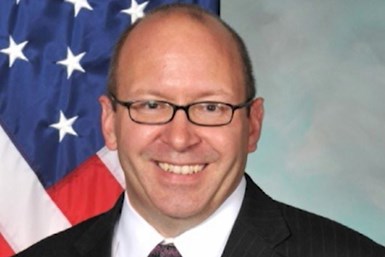
David Gorsich
“One of the biggest challenges is getting soldiers to trust autonomous systems and understand how to operate them and what they can and can’t do. We really need to be able to understand these systems from a broader perspective with many different types of disciplines.”
City Planning
Thomas: “Automated valet parking is something that a lot of city planners are looking at. What to do with these huge parking garages and make them more efficient. As you build that infrastructure, how do you incorporate electrification. Can you have the car drive to a charging spot, be charged and move away so you take better advantage of scale related to high investment? Can you also have the car serviced in the parking garage?”
“Deliveries also are become very interesting. Bringing certain products to a specific location is something some people may want. (This requires) real accurate mapping of communities and having an infrastructure that’s connected either 5G or cellular.”
Frictionless Implementation
Coleman: “Over millennia, many plans for mobility have been modified when people are introduced to the system. When we look through the lens of human-centered design, one of things we realized is that the idea of seamless isn’t the right phrase. What people are asking for is frictionless.”
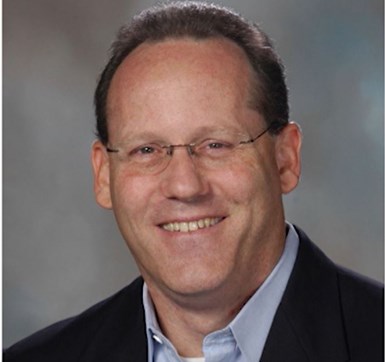
Jon Coleman
“There are going to be seams as you shift from mode to mode. The goal is to make shifts so smooth, that they become unnoticeable. If you go to the airport, you move from car to shuttle bus to train to plane without really thinking about the different modes.
“It enables people go about business and trust the system because they don’t have to think about it. It’s that type of frictionless solution that we’re looking for.”
On Base
Gorsich: “Micromobility solutions such as scooters are a great idea. I wish we had them now at our Michigan facilities. The solutions are already there, it’s just a matter of fielding them. Some of the technical challenges are in sensing and understanding the environment.
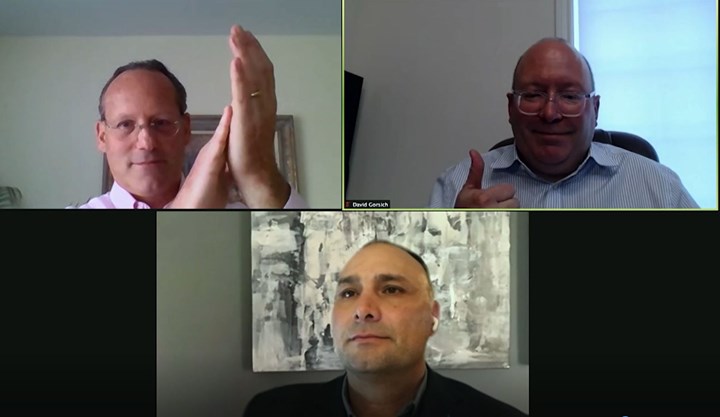
Education
Thomas: Diversity in people and education will help us. There is no single person who can handle mobility on their own. We’re starting to see a need for people who can bring various systems together and talk to each other. Software engineering is becoming much, much more important. Also need people who can think holistically, as these vehicles and the infrastructure require more cross-domain speaking.”
Unintended Behavior
Coleman: “I’m a behaviorist, not a technologist. For the most part I focus on people’s behavior and how they use technologies to to get things done. Talk about autonomous first mile/last mile solutions, when we automate that service—something as complex as getting all the things that people need and how to move them—I wonder how people will respond to that.
“If a light switch can change the architecture of multi-story building, changing how people move and how goods move can have impacts far beyond what we can imagine.”
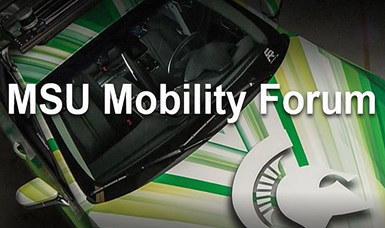
Other speakers participating in the Mobility Forum included:
- Garlin Gilchrist, Michigan’s lieutenant governor
- Trevor Pawl, chief mobility officer for the state of Michigan
- Samuel Stanley, Jr., MSU president
- Douglas Gage, interim vice president for MSU’s Office of Research and Innovation
- Satish Udpa, professor of electrical and computer engineering
- John Verboncoeur, associate dean for research and graduate studies, MSU’s college of engineering
More information about MSU’s mobility programs is available HERE.
RELATED CONTENT
-
The Koenigsegg Jesko Has An Amazing Engine
It is hard to believe that this is a vehicle in “serial” production with such extraordinary powertrain performance
-
Choosing the Right Fasteners for Automotive
PennEngineering makes hundreds of different fasteners for the automotive industry with standard and custom products as well as automated assembly solutions. Discover how they’re used and how to select the right one. (Sponsored Content)
-
GM Develops a New Electrical Platform
GM engineers create a better electrical architecture that can handle the ever-increasing needs of vehicle systems








